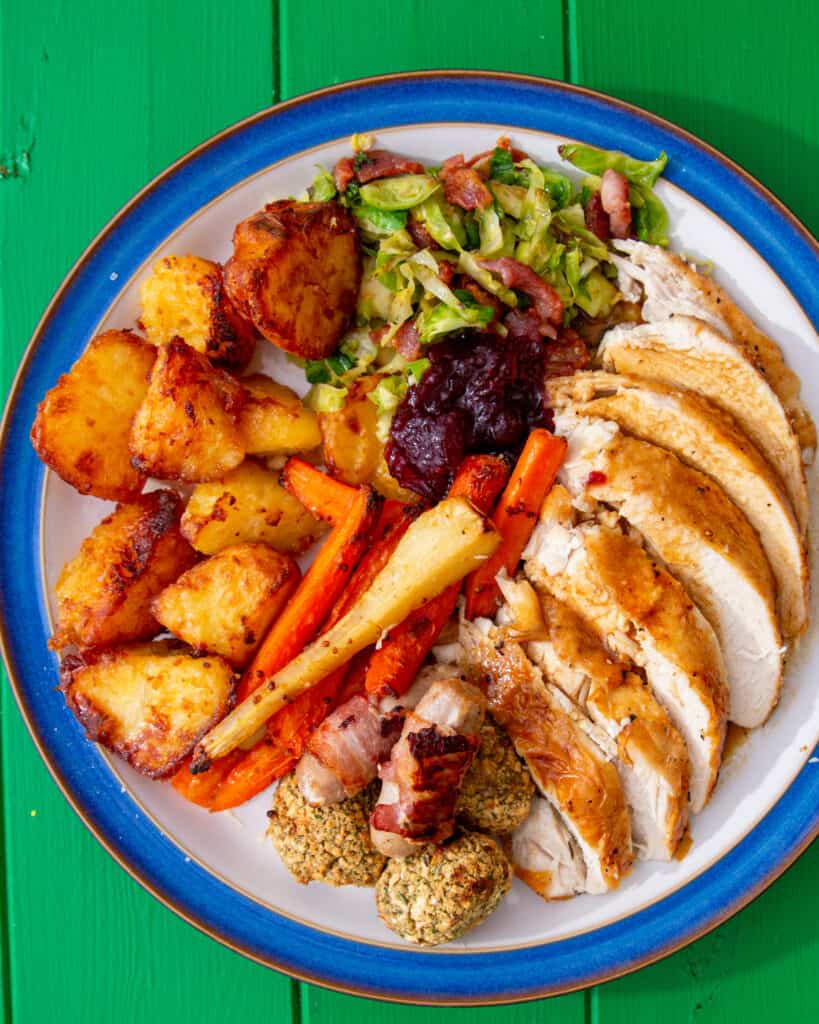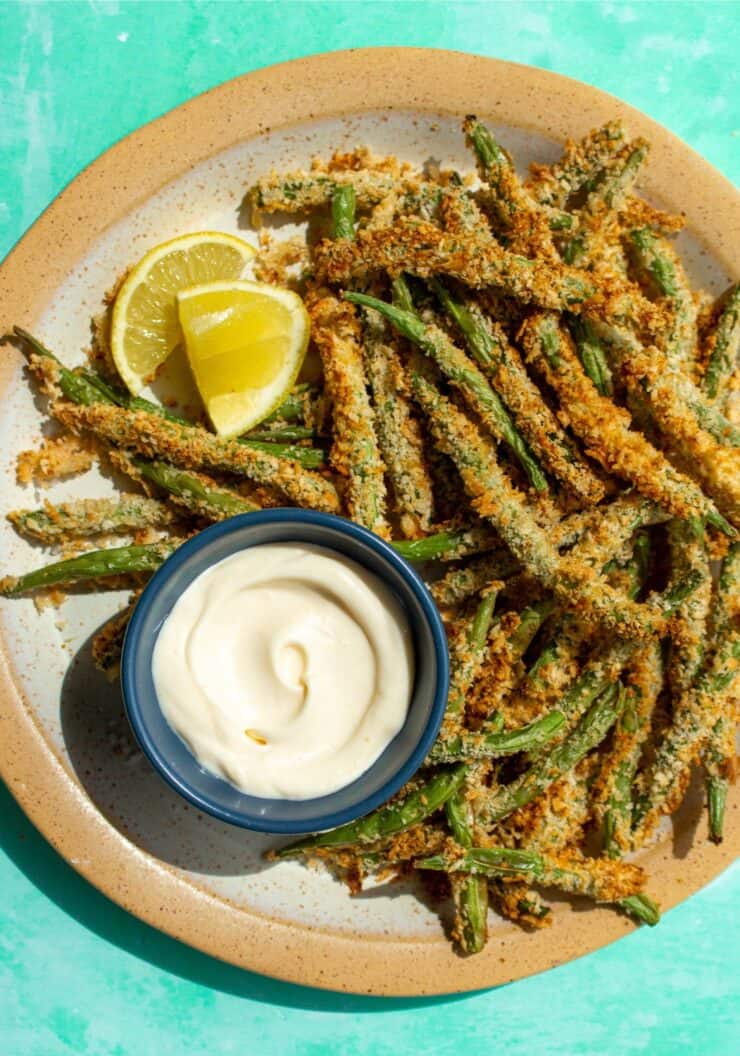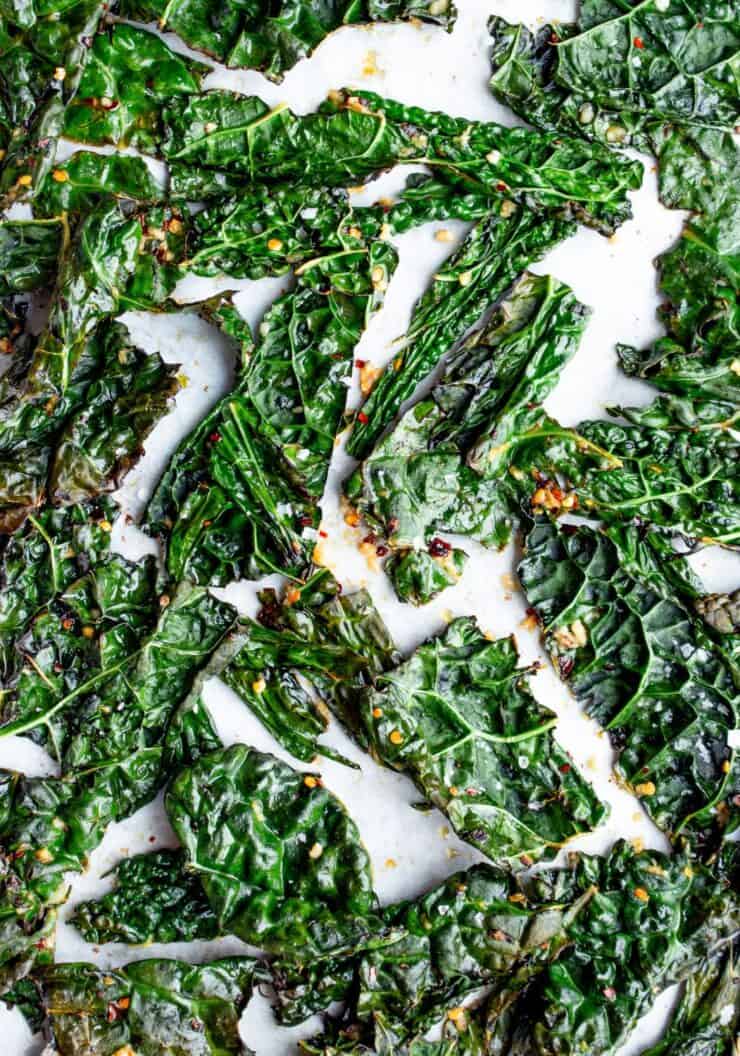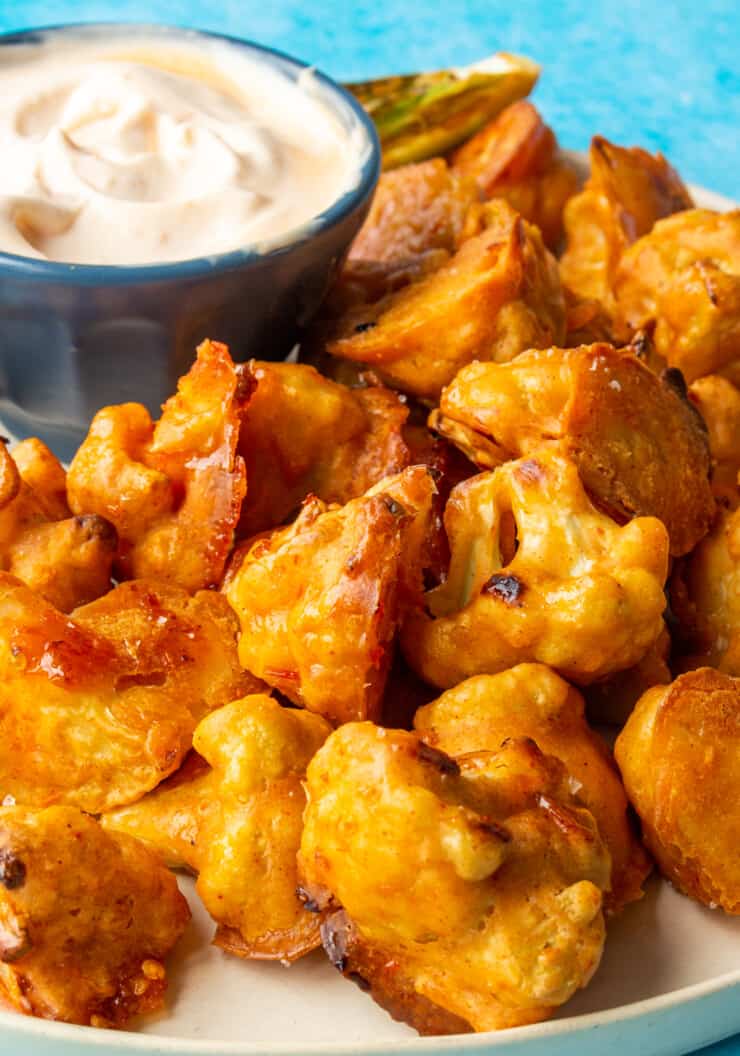Fluffy Yorkshire Puddings: Ultimate Yorkies Guide
Jump to RecipeCrispy on top and fluffy in the center, this amazing Yorkshire puddings recipe is perfect for any roast holiday. Follow along as I answer all of your questions and help you create these amazingly tasty works of art.
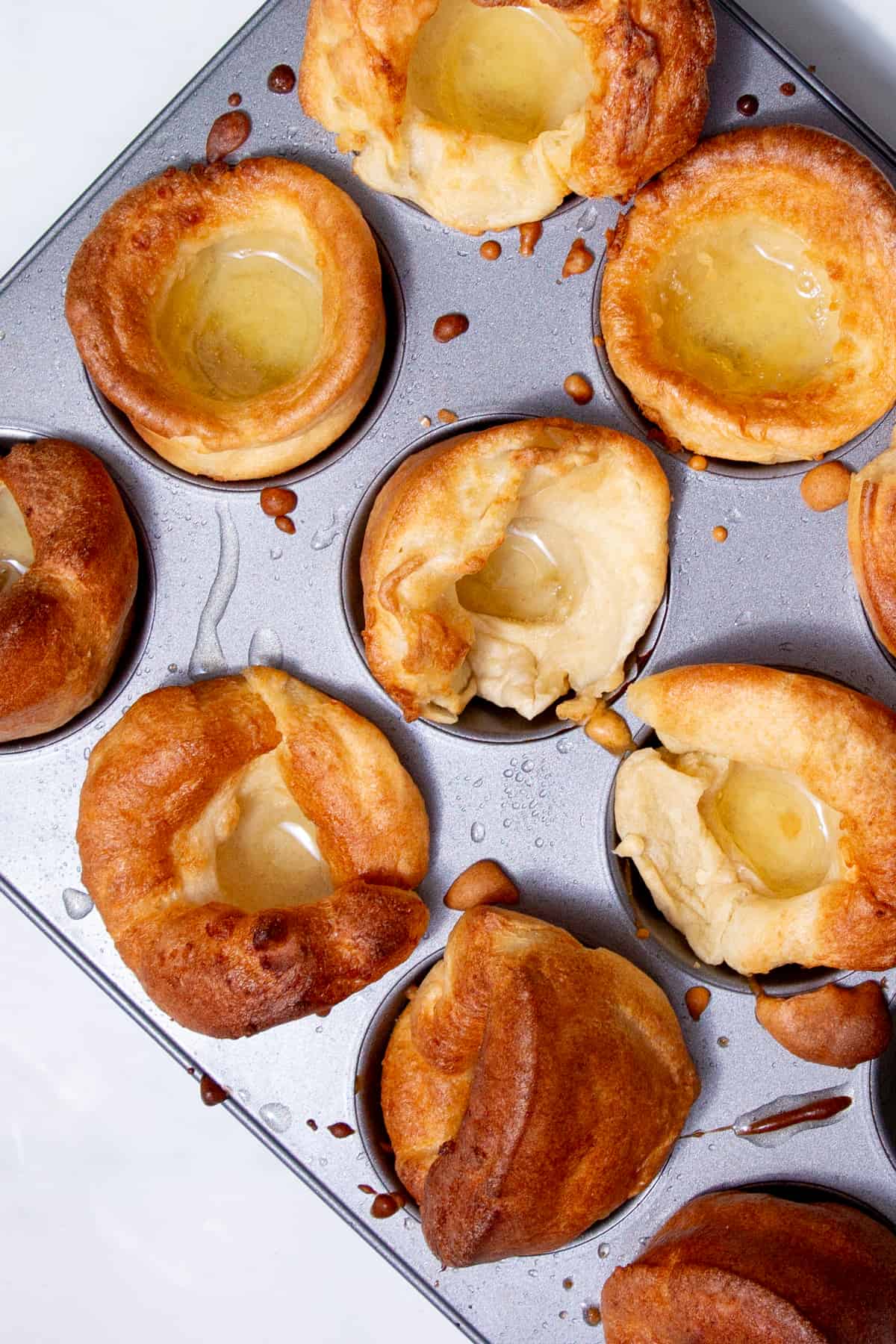
Table of Contents
Why you’ll love this recipe
Fluffy centre – These delicious Yorkshire puddings have a fluffy centre every time due to the hot oil in the pan.
Tall – Using a self-raising flour Yorkshire pudding mix means tall, golden-brown puddings.
Vegetarian – I’ve crafted a vegetarian recipe so even your meat-free loved ones can enjoy it.
Versatile – It’s easy to add seasonings or adjust the flavour of these puddings to your liking, making it the best Yorkshire pudding recipe.
Crispy bottoms – The tips below ensure a deliciously crisp pudding exterior.
Simple ingredients – You likely already have the ingredients for this recipe for Yorkshire pudding in your pantry/kitchen.
Don’t worry about self-rising flour going to waste; you can use it for tons of recipes like the BEST Lemon Drizzle Cake, Breakfast Banana Bread, or Raspberry Pancakes.
What are Yorkshire puddings?
If you’ve never heard of Yorkies, you’re missing out! Yorkshire puddings are a typical British side dish/appetizer alongside a roast beef dinner. They feature a crispy exterior and a “sunken” pudding-like centre. They’re traditionally made with beef fat/drippings, though it’s common to see Yorkshire pud made with other oils/fats now.
A traditional Yorkshire pudding recipe typically includes eggs, flour, milk (or water), and oil of some sort. They have a similar texture to bread pudding but aren’t necessarily sweet. It also differs from traditional pudding, which can be sweet or savoury and usually has meat. Meat pudding is also quite different, as it features meat cooked inside a suet pastry.
Sweet or savoury?
Yorkshire puddings are similar to American popovers. They’re a savoury roll-like dish meant for soaking up gravy, au jus, or other savoury sauces. They’re typically served with a traditional Sunday roast and sides like roast potatoes (or mashed potatoes) and stuffing.
Why are Yorkshire pudding so difficult to make?
It may seem like Yorkshire puddings are challenging, but they only require a few ingredients and necessary steps. If you use room temp batter, heat the oil/tins, and patiently wait for them to cook in the oven (don’t open the oven door early!), you should have perfectly cooked Yorkshire puddings each time!
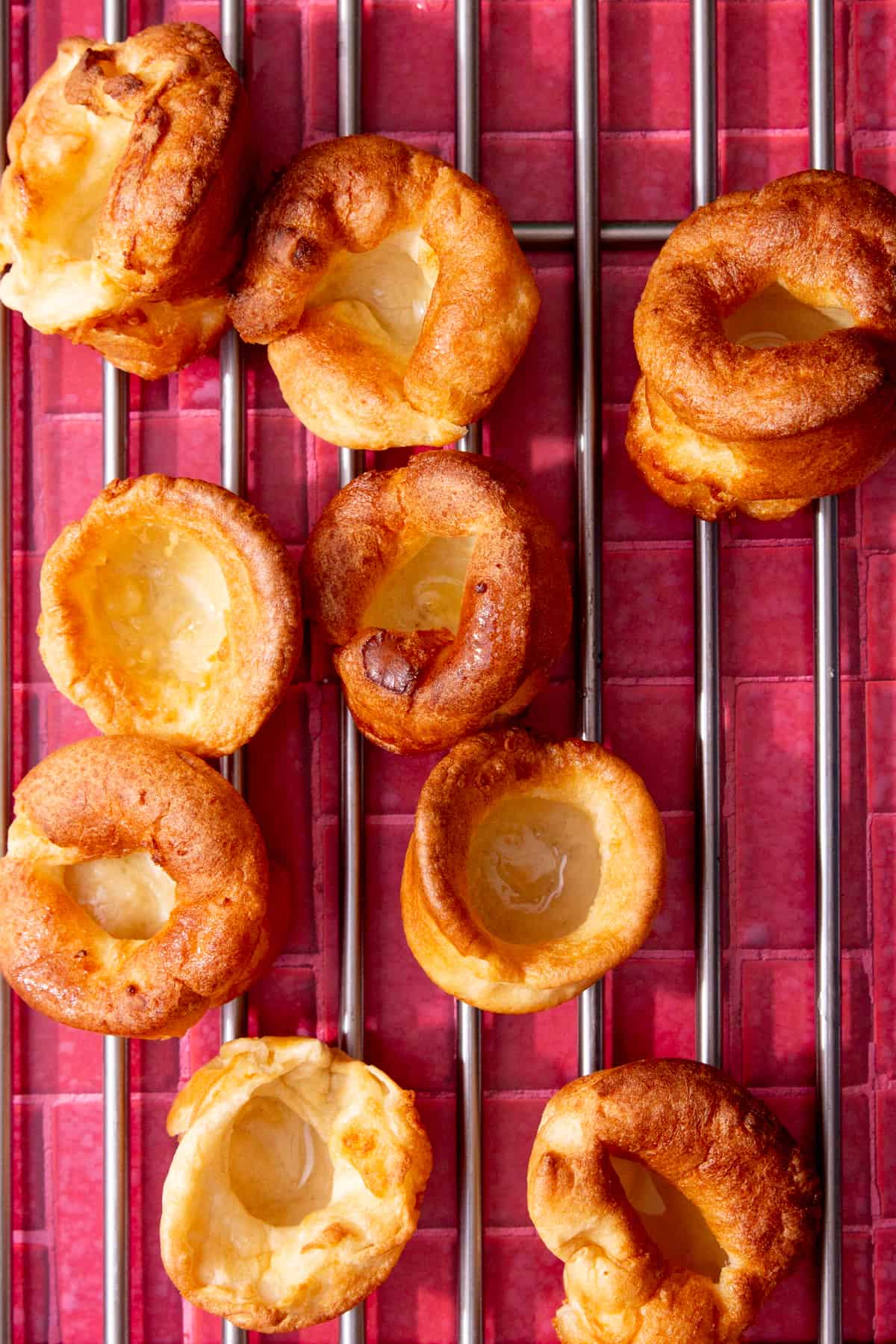
How to serve traditional Yorkshire puddings
There is more than one way to enjoy Yorkshire puddings! Of course, you could go the traditional route and serve them with roast beef sirloin and gravy. Or, you could enjoy them alongside roast potatoes (another traditional way to serve them).
Alternatively, you can get creative with the sides/mains and try them alongside roast chicken, beef bourguignon, chicken curry, and more. They’re best with dishes that have a sauce or gravy.
What flour is best for Yorkshire puddings?
There’s a big debate on the best type of flour for a proper Yorkshire pudding. Many people believe only plain flour will do. While plain flour creates some excellent Yorkshire puddings, I prefer self-raising flour because it creates larger ones.
Can you make Yorkshire Puddings with self-raising flour?
So, can you use self-raising flour to make Yorkshire pudding? Although many Yorkshire pudding enthusiasts say they should only be made with plain flour, I disagree. Creating Yorkshire puddings with self-raising flour leads to a larger baked pudding. This means you’ll have more pudding to soak up yummy gravies!
What is the best oil/fat to use for making Yorkshire puddings?
The traditional ingredient used in Yorkshire puddings is beef drippings, which also add flavour. However, you can use any oil that has a high smoking point. For example, rapeseed and vegetable oil work well for this Yorkshire pudding self-raising flour recipe. Shortening is also a great option for crispy self-raising flour Yorkshire puddings.
How hot should the oil be?
The oil for Yorkshire puddings should be smoking hot. You’ll know it’s ready when you hear a sizzle as you’re dripping pudding into the oil in the tin. Letting the oil heat in the muffin tins for about 10 minutes ahead of time should heat the oil enough.
How much oil is needed?
I recommend using about ½ tablespoon of oil into smaller muffin cups. Or, 1 tbs of oil for larger muffin cups. Avoid using more than this amount to help prevent overflow.
Why have my Yorkshire puddings not risen?
If your Yorkshire puddings haven’t risen, it’s likely because you did not use hot (or hot enough) oil. Ensure you allow the oil to heat in the oven before adding the batter. Otherwise, the Yorkie pud will collapse or not rise properly.
The importance of room temperature ingredients
If you want a better rise (aka taller Yorkshire puddings!), you must work with room-temperature ingredients and batter. This tip also helps create a more hollow centre, so you can soak up even more gravy!
Ingredients

Self-raising Flour
I love making Yorkshire puddings with self-raising flour, which helps create much larger puddings. However, you can also use plain flour.
Rapeseed Oil
Any high smoking point oil will work for this Yorkshire pudding with self-raising flour recipe. Other options include lard and beef drippings.
See the recipe card for full information on all ingredients and quantities.
Variations/ Adaptations
I’ve created a simple recipe that makes it easy to alter it to your preferences. For example, you can keep your puddings vegetarian using my recipe below, since it doesn’t include beef drippings.
You can even make these vegan by swapping the eggs and milk with aquafaba and non-dairy milk. You’ll also need chickpea flour, baking powder, and turmeric (for colour).
Or, make this recipe allergy-friendly by replacing the eggs with aquafaba, the milk with non-dairy milk, and the flour with a gluten-free version. Other options include turning the puddings into a toad in a hole by adding sausage before it bakes. Or, make the puddings more flavourful with herbs like fresh sage and rosemary.
Serve these with your Christmas Dinner, with the CRISPIEST Roast Potatoes, Brussel Sprouts with Bacon and Honey-Roasted Carrots & Parsnips
How to make fluffy Yorkshire puddings
Preheat your oven to 210°C FAN/ 220°C conventional / 410°F
- To a large mixing bowl, add the eggs and milk and whisk until combined (Image 1).
- Slowly pour the self-raising flour into the bowl whilst continuously whisking. Season with salt and whisk until smooth, but don’t over whisk (Image 2).
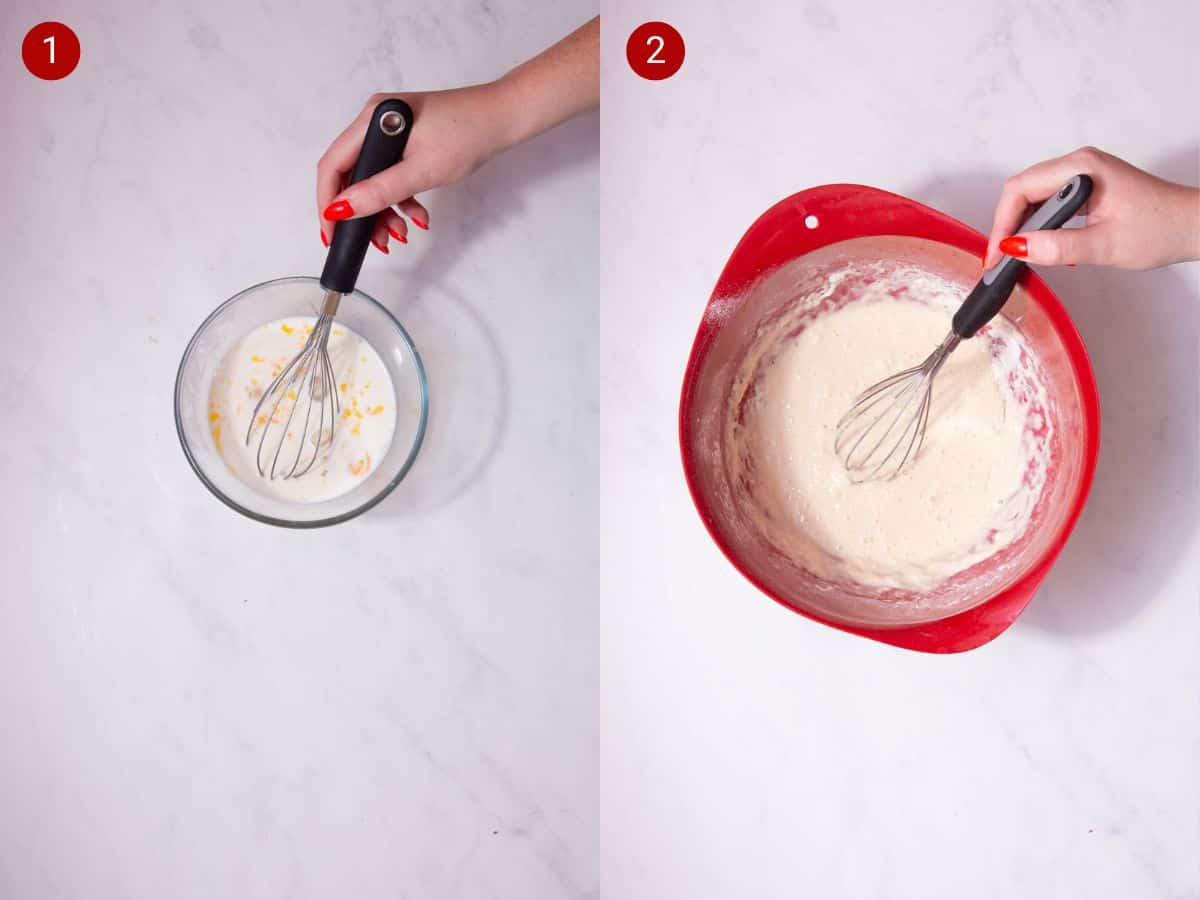
3. To a muffin tin, add a splash of oil into 12 compartments of the tin (or 6 large), approx ½ cm per compartment. Pop in the oven for 10 minutes to preheat the oil (Image 3).
4. Remove the muffin tin from the oven and place on a heat proof mat. Quickly and carefully (to ensure the oil is still hot), ladle the batter into the 12 compartments. Place back in the oven for 10-12 minutes (Image 4).

5. When the Yorkshire pudding have completely risen, with the base being fully cooked, remove from the oven (Image 5).
6. Use tongs to remove your Yorkshire puddings from the muffin tin and place on a wire-rack until you’re ready to serve! (Image 6).

Here are some other recipes for you to try as a starter or main; Creamy Broccoli and Cauliflower Soup, Roasted Vegetable Soup and Tender Braising Steak with Gravy
Tips for the best results
Lumpy batter won’t hurt anything
Many will argue the batter for Yorkshire puddings needs to be completely smooth. However, that’s not the case. A few lumps here and there won’t affect your puddings. Do your best to get as many lumps out as possible, but don’t stress if some are left in the batter.
Set your muffin tin inside another tray to catch oil overflow in the oven
Overflowing oil can be quite dangerous, especially when combined with heat. For a safer recipe, place your muffin tin inside a larger baking tray to catch any oil overflow.
No need to line the muffin tin
For Yorkshire pudding recipes, you do not need to line the tin. In fact, they come out better if you don’t line the tin! The hot oil in the bottom of the muffin cups will help keep the puddings from sticking to the pan.
Need inspiration for other comforting recipes, try these dishes; Chicken and Mushroom Pasta, Simple Pork Curry with Coconut Milk and Spicy Chicken Pasta Recipe
Make ahead Instructions
If you’re short on time (or don’t want the stress of making puddings at dinner time), you’re in luck. Yorkshire puddings freeze and reheat well. Follow the recipe instructions below, then allow the puddings to cool. Once cooled, you can freeze them. Then, reheat them in the oven for a few minutes before eating. You can even reheat them from frozen!
How To Store and Reheat Leftovers
These yummy Yorkshire puddings can be kept in the fridge for up to three days. Let them cool, then pack them in an airtight container. Or, keep them in the freezer for up to three months.
When you’re ready to reheat them, preheat the oven to 410°F. Bake the puddings for about 1-2 minutes from cold or about 3-5 minutes from frozen.
Ways to use Leftovers
Don’t stress if you have a fridge full of cooked Yorkshire puddings! There are plenty of ways to use them up. For example, you can use leftovers to make breakfast. Pop some sausages or bacon bits on top. Or, use them to create a dessert by adding a scoop of ice cream and a drizzle of chocolate sauce on top.
You can also sprinkle herbs and cheese on top, then reheat them for a fun spin on these puddings. If you don’t want to alter them, you can also serve them with soup. They make a great alternative to bread or rolls, as they can sop up all the delicious broth.
Here are a few more recipes you can serve alongside your Yorkshire puddings: Creamed Cabbage, The Best Buttered Sauteed Leeks or Creamy Polenta With Parmesan.
FAQs
If you put too much batter in the muffin tin holes when making homemade Yorkshire puddings, they are likely to collapse. Overfilling can cause the Yorkshire puddings to be too heavy, leading them to sink into themselves.
No, you do not need to refrigerate the batter overnight or use cold batter. I recommend keeping this recipe for Yorkshire pudding on the counter to set for about 30 minutes before pouring it into the tins. Keeping the ingredients at room temp helps the batter rise even more.
Yes, you can use too much oil. It might not necessarily affect the puddings, but it may cause the oil to leak out of the tin, which can be dangerous in the oven.
No. The goal of using hot oil is to create a crispy bottom for each of the puddings. If the oil is absorbed, it will create a soggy pudding.
If you’re in America, you’ll hear this dish called a popover.
Serve your Yorkshire puddings alongside yummy dishes like Slow Cooker Gammon Joint, Christmas Dinner and Vegan Roast Dinner
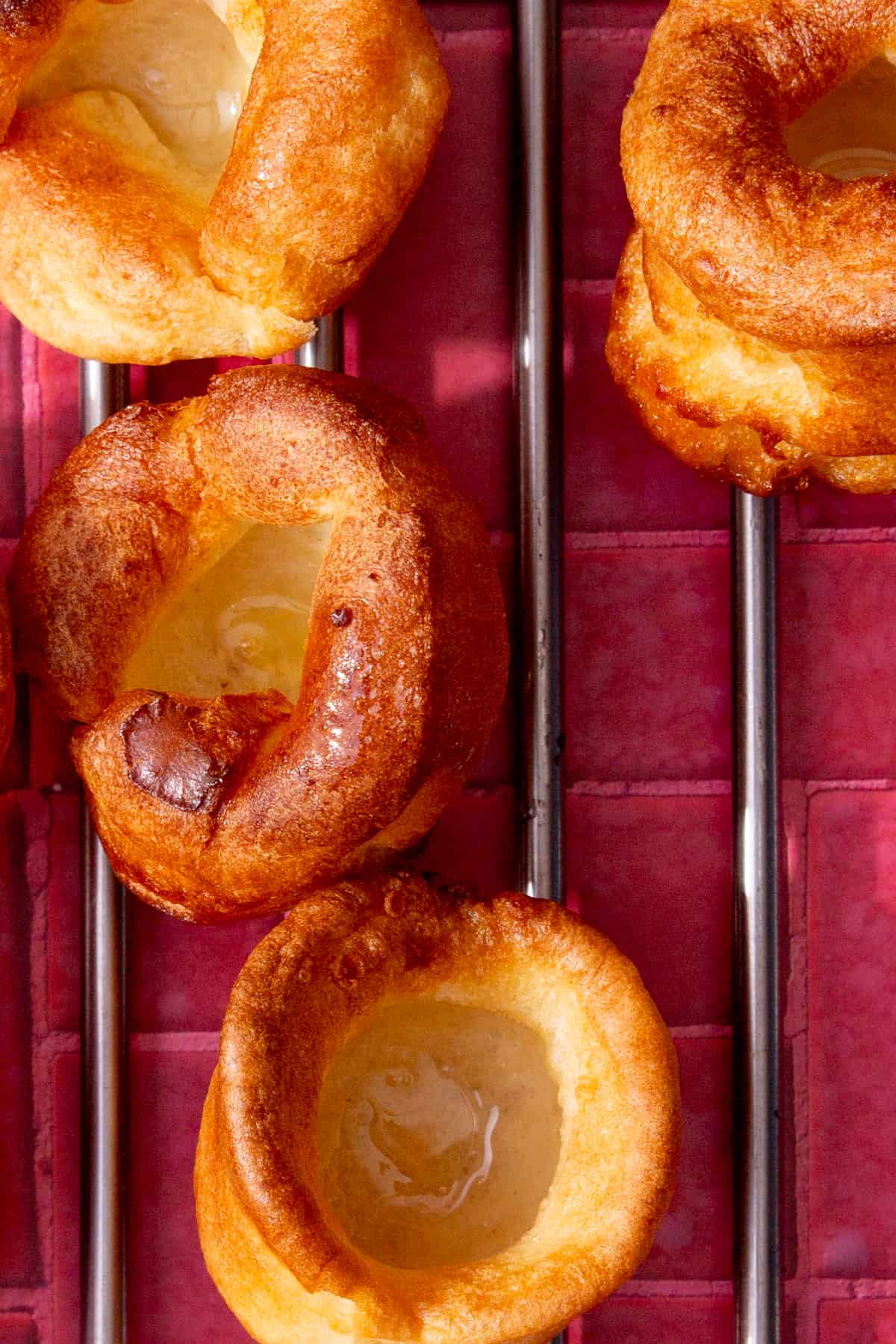
If you tried this Fluffy Yorkshire pudding recipe, it would be mean so much to me if you could leave a review & a star rating to let me know how you found it! I love hearing about your experiences – it motivates me to keep creating more and more recipes for you guys 💛 Let’s get cooking! – Mimi x
Fluffy Yorkshire Puddings: Ultimate Yorkies Guide
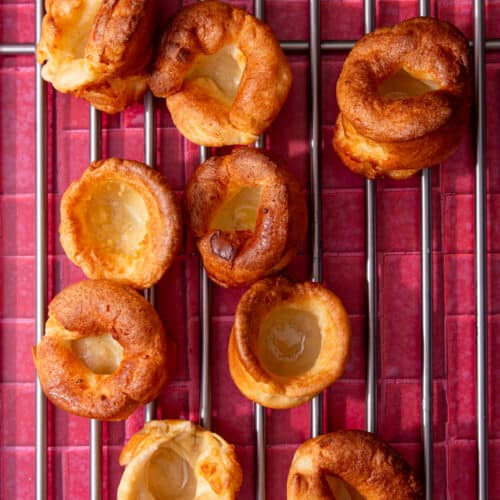
Ingredients
- 150 g self-raising flour
- 3 eggs (£1.50)
- 150 ml milk (£0.90)
Cupboard Essentials
- Approx 6 tbsp rapeseed oil
- Pinch of salt
Note: Makes 12 large Yorkshire puddings - wohoo!
Method
Preheat your oven to 210°C FAN/ 220°C conventional/ 410°F
- To a muffin tin, add a splash of oil into 12 compartments of the tin (or 6 large), approx ½ cm per compartment. Pop in the oven for 10 minutes to preheat the oil.
- To a large mixing bowl, add the eggs and milk and whisk until combined. Slowly pour the self-raising flour into the bowl whilst continuously whisking. Season with salt and whisk until smooth, but don’t over whisk.
- Remove the muffin tin from the oven and place on a heat proof mat. Quickly and carefully (to ensure the oil is still hot), ladle the batter into the 12 compartments. Place back in the oven for 10-12 minutes, or until completely risen, with the base being fully cooked.
- Use tongs to remove your Yorkshire puddings from the muffin tin and place on a wire-rack until you’re ready to serve!
Notes
- Many will argue the batter for Yorkshire puddings needs to be completely smooth. A few lumps here and there won't affect your puddings.
- Place the muffin tin inside a larger tray to prevent dangerous oil overflow in the oven.
- Skip lining the muffin tin for better results; the hot oil prevents sticking.
Nutrition

- Weekly meal plans with a £20 budget
- 150+ exclusive recipes
- Personal dashboard
- Exclusive step by step videos
- Shopping list tools
- Advert Free experience


